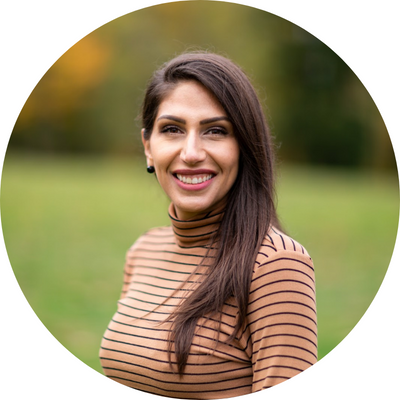Genome sequencing provides a more complete description of cells and organisms, allowing scientists to uncover serious genetic conditions such as the elevated risk for breast cancer or pulmonary arterial hypertension. While researching genomics has the potential to save lives and preserve people’s quality of life, it's incredibly challenging work.
Back in January, we announced a partnership with PacBio, a developer of genome sequencing instruments, to further advance genomic technologies. Today, PacBio is introducing the Revio sequencing system, an instrument that runs on our deep learning technology, DeepConsensus. With DeepConsensus built right into Revio, researchers can quickly and accurately identify genetic variants that cause diseases.
How Google Health’s technology works
Genome sequencing requires observing individual DNA molecules amidst a complex and noisy background. To address the problem, Google Health worked to adapt Transformer, one of our most influential existing deep learning methods that was developed in 2017 primarily to understand languages. We then applied it to PacBio’s data, which uses fluorescence light to encode DNA sequences. The result was DeepConsensus.
Last year, we demonstrated that DeepConsensus was capable of reducing sequencing errors by 42%, resulting in better genome assemblies and more accurate identification of genetic variants. Although this was a promising research demonstration, we knew that DeepConsensus could have the greatest impact if it was running directly on PacBio’s sequencing instrument. Over the last year, we’ve worked closely with PacBio to speed up DeepConsensus by over 500x from its initial release. We’ve also further improved its accuracy to reduce errors by 59%.
Combining our AI methods and genomics work with PacBio’s instruments and expertise, we were able to build better methods for the research community. Our partnership with PacBio doesn’t stop with Revio. There’s limitless potential to make an impact on the research community and improve healthcare and access for people around the world.
































